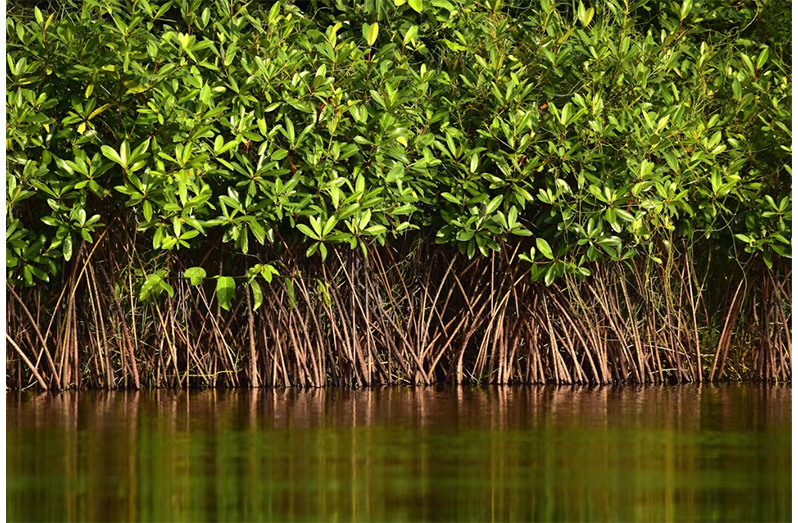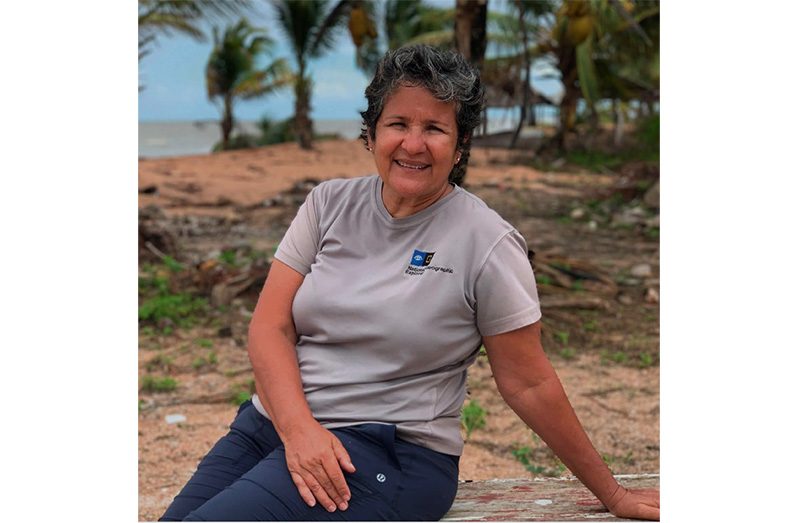INDIGENOUS women in Guyana are taking a leading role in marine and coastal conservation, leveraging cutting-edge technology to monitor and map blue carbon in the country’s vital mangrove ecosystems.
This is according to Annette Arjoon-Martins, Project Director of the Guyana Marine Conservation Society (GMCS). Speaking during a recent episode of the United for Biodiversity: The Alliance Podcast, which aired on Friday last, Arjoon-Martins highlighted the remarkable journey of these women, many of whom hail from indigenous communities, in embracing tools such as aerial and underwater drones to contribute meaningfully to climate resilience efforts.
“We started out with the UAVs aerial drones to get the basic drone monitoring skills, and then they were paid to go out every six months to monitor the mangrove forest, to collect the data, to report any infractions to the agencies that had the legal remit to take remedial action,” Arjoon-Martins said.
She explained that this approach not only empowered local women with technological expertise but also offered a sustainable livelihood, rooted in environmental stewardship.

“We armed them with the skills and how to operate remote-operated vehicles, which are the drones that are underwater with the umbilical cords, did some basic work with that, with the Maritime Administration offshore initially, and now these girls are part of the team that is working with a project at the National Agriculture Research Institute, to basically map the blue carbon in the mangroves.”
Carbon mapping is the process of visualising and quantifying carbon emissions or carbon storage across specific geographic areas, using mapping technologies; in this case, indigenous women are trained in drone technology to collect data on the blue carbon in mangrove forests, an initiative supported by the Inter-American Development Bank (IDB).
The GMCS encourages young women to pursue non-traditional careers in technology and conservation, highlighting the potential for women to play significant roles in biodiversity protection and alternative livelihoods.
Meanwhile, Arjoon-Martins further noted that financial support from institutions such as the IDB has enabled the NGO to achieve significant success and, in turn, attract additional donors.
“Their support to us is really important, and our achievements and success stories are highly visible, so that in its own has attracted other donors. So, for example, we are now also being supported by the European Union to develop capacity for the indigenous communities to manage their mangrove resources.”
The GMCS is the oldest and only marine-focused non-governmental organisation in Guyana, established in April 2000. Its primary mission initially focused on the conservation and population recovery of the four species of marine turtles that nest in Guyana, but since 2014, its mandate has expanded to include other important marine species, their habitats, and wider marine and coastal ecosystems.
The organisation engages in scientific research, community outreach, environmental education, and awareness programmes and is supported by the European Union, the great Guyana Initiative and several other donors.



.jpg)








